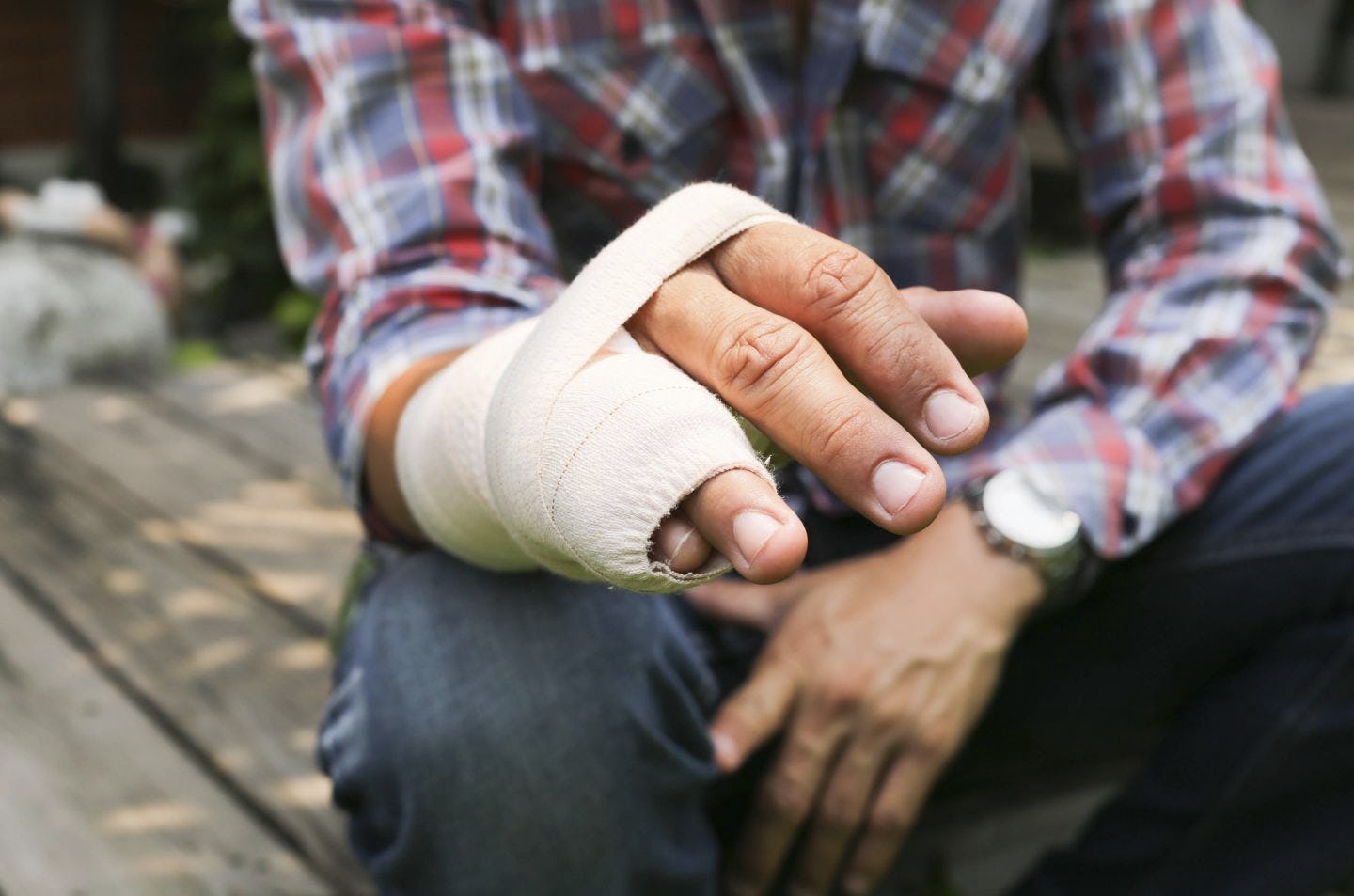
Pre- and post-surgical rehabilitation have been proven to have a huge positive impact on people's ability to recuperate and regain function quicker and more effectively than those who did not undergo these forms of physical therapy.
Pre-surgical Rehabilitation
Doctors and healthcare providers routinely prescribe pre-surgical rehabilitation (also known as "pre-hab") to help prepare their patients for major surgery. Pre-hab involves strengthening weak muscles or connective tissue and maximizing joint flexibility, strength, and overall wellness before the surgery takes place. This allows people to withstand the trauma of surgery better and paves the way to faster healing after surgery. The better shape a patient is in before surgery, the better the outcome of the surgery will be, and the faster the recovery will be post-op.
Post-surgical Rehabilitation
Surgeons routinely refer post-surgical patients to our physical therapists to help them recover strength, function and mobility. Our therapists provide one-on-one, evidence-based physical therapy treatment sessions to help facilitate post-op patients' recovery and return to activities of daily living (ADLs), work, recreational activities and even competitive sports.
The rehabilitative process depends on the injury and type of surgery. We help patients recover and rehabilitate from a variety of orthopedic post-operative procedures, including:
- Knee, hip and shoulder joint replacements
- Reconstruction of any one or more of the four major knee ligaments: anterior cruciate ligament (ACL), medial collateral ligament (MCL), posterior cruciate ligament (PCL) and lateral collateral ligament (LCL)
- Arthroscopic knee surgeries (such as meniscectomies, meniscal repairs)
- Ligament and tendon repair, including Achilles tendon repairs
- Arthroscopic hip surgeries (such as labral repairs)
- Nerve releases (such as cubital tunnel, radial tunnel, carpal tunnel, tarsal tunnel)
- Neck and back surgery (such as fusions, laminectomy, decompression and discectomy)
- Nerve compression release
- Bone or joint fusion (arthrodesis)
- Tendon transfers
- Surgical fixation of fractures, including open reduction and internal fixation (ORIF), a two-part surgery used to fix broken bones where the broken bone is reduced (put back into place) and an internal fixation device is placed on the bone (e.g., screws, plates, rods or pins) to hold the bone together
- Shoulder post-surgical recovery for rotator cuff tears, labral tears, superior labrum anterior and posterior (SLAP) tear or lesion, arthroscopy and more
Some of the therapies used to accomplish the goal of regaining movement and reducing pain, swelling and stiffness may include one or more of the following:
- Manual therapy
- Soft tissue and/or joint mobilization
- Muscle energy
- Gait and balance training
- Transcutaneous electrical nerve stimulation (TENS) - electrical muscle & nerve stimulation
- Therapeutic exercise and functional strength training
- Ultrasound
- Functional re-education
- Rehabilitative exercises to help increase strength, endurance, motion, balance and coordination
